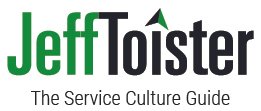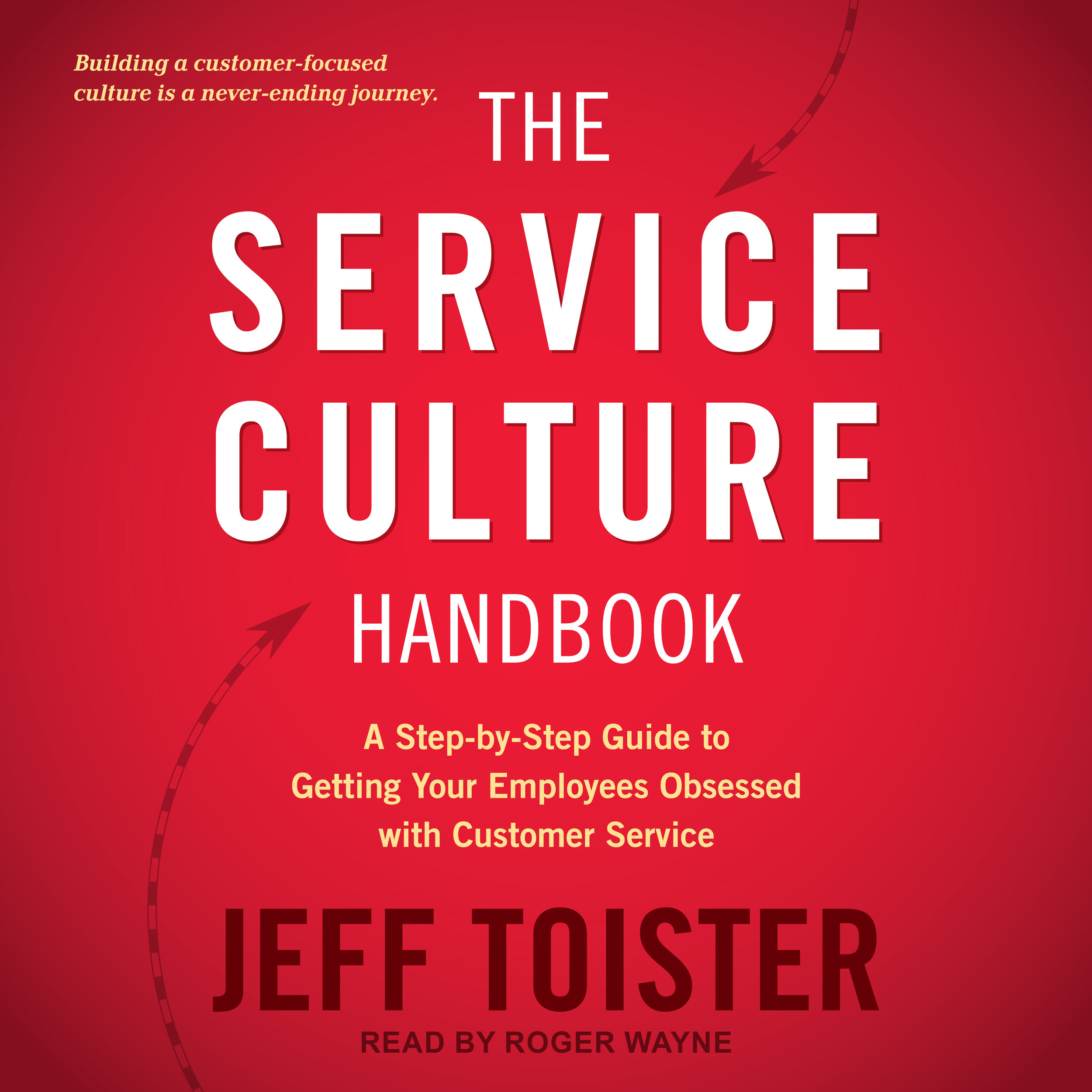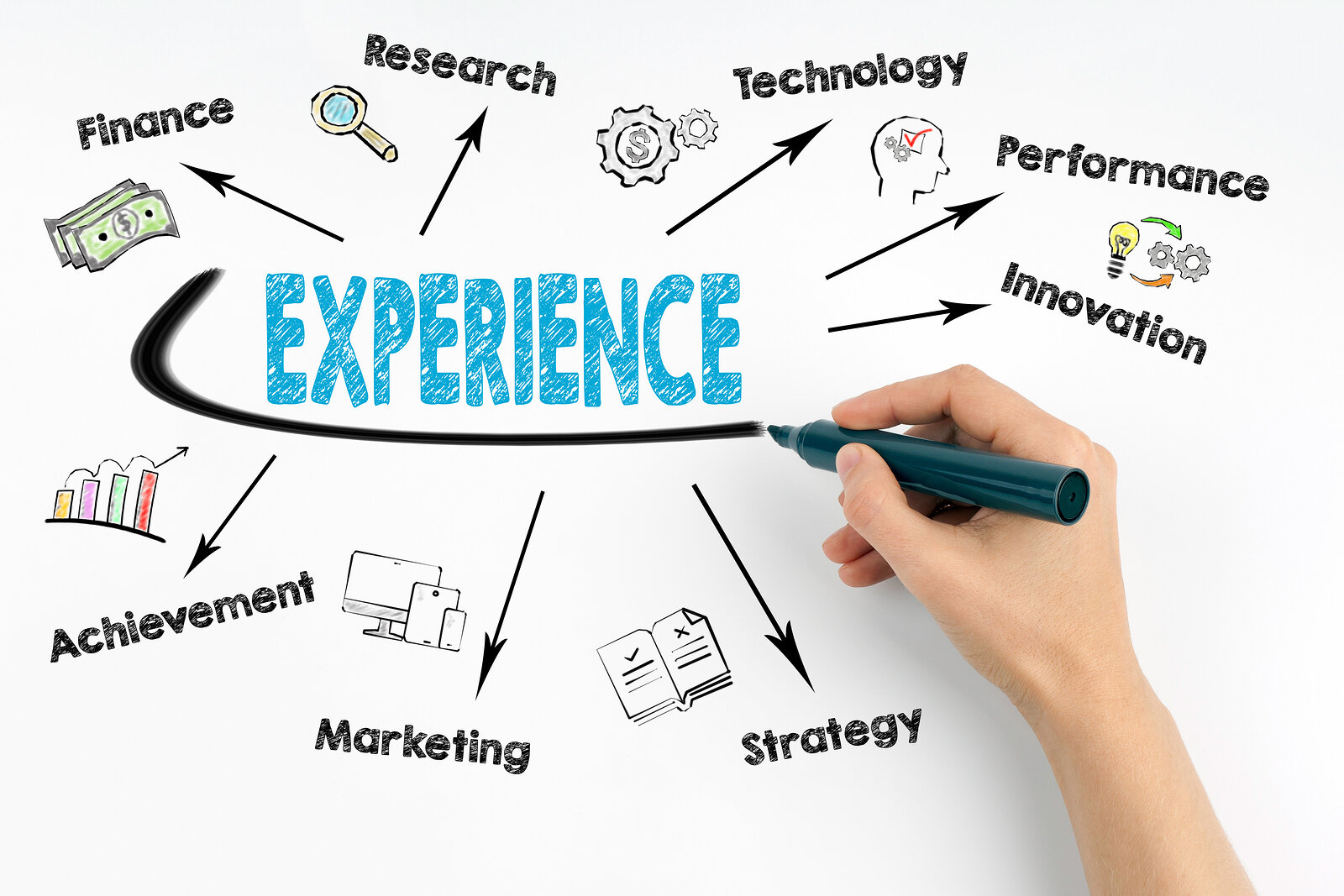Customer service professionals are naturally helpful.
The world has changed dramatically in the past few weeks. For many of us, the type of help we need to give has also changed. Who knows how long this will last?
We need to dig in for the long haul. Each of us needs to find new ways to be helpful. Here are a few suggestions that you can use right away.
Helpful graphic courtesy of Canva
Leverage your strengths
You are good at things. Can you use those strengths in a new way?
I make a living researching, writing, and speaking about getting employees obsessed with customer service. Like many of you, I suddenly have a lot less work.
So I'm trying to use my skills to help other customer service professionals.
For instance, I've created a "training video club" where we all watch a training video on serving upset customers and then talk about how to apply the lessons. It's free to participate, but registration is necessary.
Think about skills or experiences can you share.
Do you work in a restaurant? Food banks and nonprofit community kitchens need volunteers to prepare and distribute food.
Do you have experience in retail or fulfillment? Companies like Walmart, Target, and CVS desperately need temporary employees right now as they struggle to keep shelves stocked with food and essentials.
Are you good with animals? Fewer people are adopting pets right now, so animal shelters like the San Diego Humane Society are looking for foster homes.
The big question: How can you leverage your strengths to help people in need?
Help your local community
You likely have friends and neighbors who need help.
Brackens Kitchen is ramping up to serve 25,000 meals per week to people in need in Orange County, California. The nonprofit depends on its local community to make that happen:
Local hotels and restaurants donate unused food.
Local residents volunteer to help in the kitchen or at a feeding event.
Donors help fund all the meals.
At the moment, Brackens Kitchen is working with its hotel and restaurant partners to temporarily hire members of their kitchen staff who need work. The organization needs extra culinary professionals to help with the increased meal production.
Think about ways you can help your community.
Who do you know? Neighbors, nonprofits, community organizations, churches, and other groups in your local area need volunteers for a variety of essential programs.
Who is in need? Locally-focused social networking site, NextDoor, has launched new features to help neighbors offer and find assistance.
Can you share resources? Parents are starting to create their own "quarantine circles" with other parents. The idea is to pool resources to share the burden of child care while kids are out of school.
You can also support your local small business:
Order take-out from a favorite restaurant.
Buy gift cards to use later, so businesses can get extra cash now.
Share great stories to help get the word out.
The big question: How can you help your local community?
















